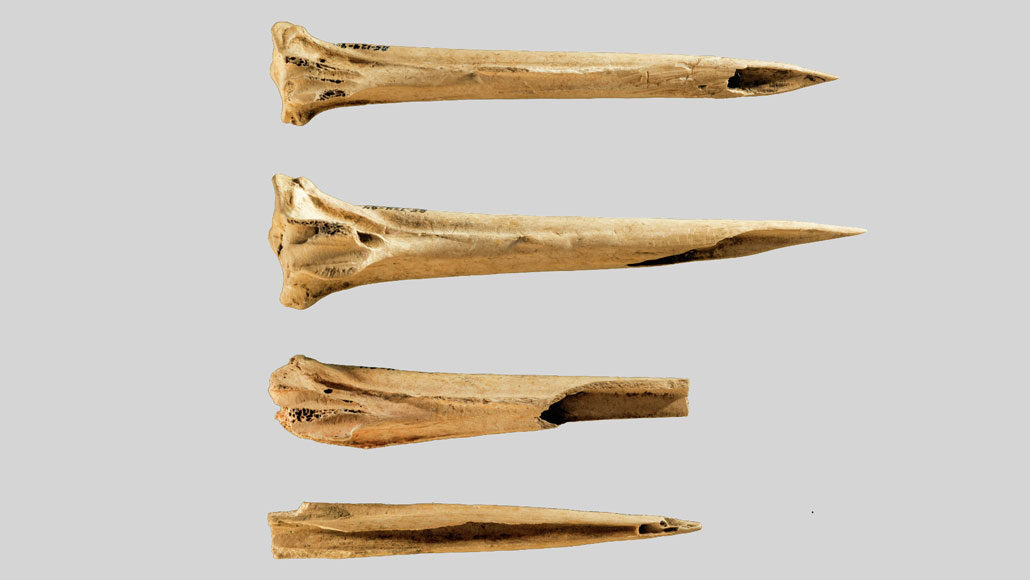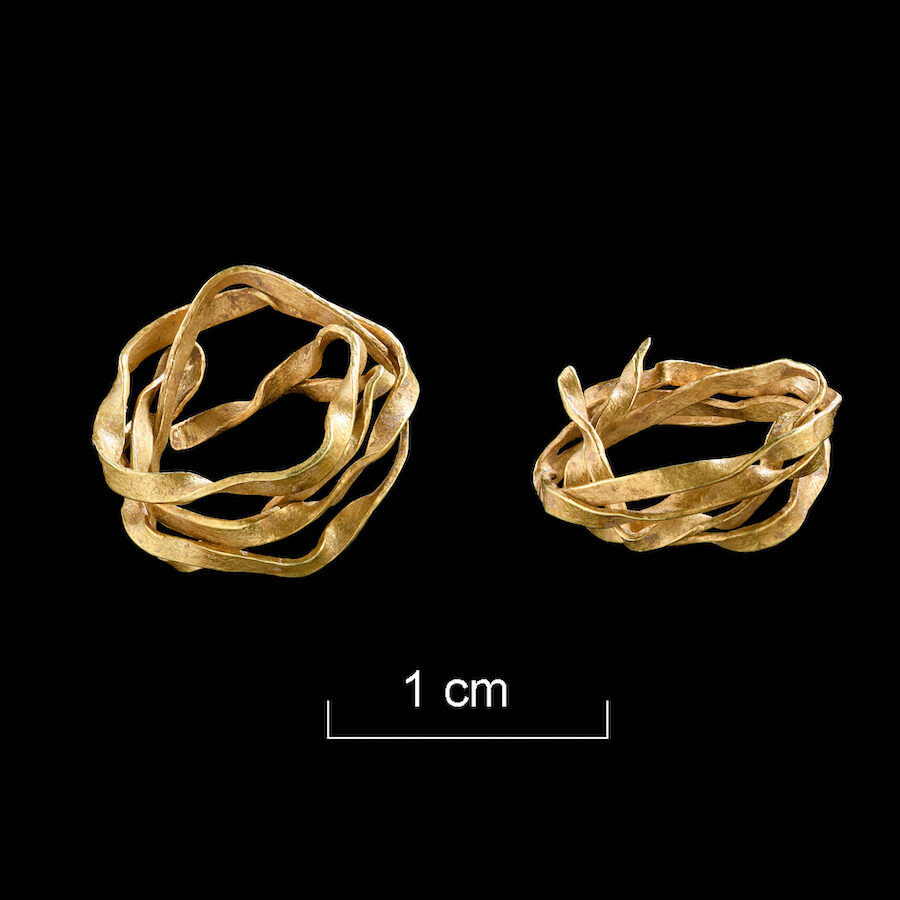
© VCG via Getty ImagesArchaeologists excavate one of the six newly discovered pits at the site of Sanxingdui in China.
Archaeologists have discovered six sacrificial pits containing about 500 artifacts, including gold and bronze masks, in the ancient Chinese city of Sanxingdui, according to news reports.
The site is located about 930 miles (1,500 kilometers) southwest of Beijing, Xinhua, China's state-run press agency, reported.
The artifacts date back around 3,000 years, to a time when the ancient kingdom of Shu ruled this part of China. In addition to the masks, the archaeologists uncovered bronze artifacts with dragon and cow engravings, miniature ivory sculptures, silk, carbonized rice (rice that has turned into
carbon) and tree seeds, Xinhua reported.
"Surprisingly, we have
unearthed some never-heard-of-before bronze ware items," Lei Yu, an archaeologist with the Sichuan Provincial Cultural Relics and Archaeology Research Institute, told Xinhua. "For instance, some large and delicate bronze ware items have bizarre-looking dragon or cow designs on them."
The researchers haven't turned up any human remains in the pits, and they
don't know what function the pits may have served.Even so, the discovery of the six pits may provide clues about the rituals the people of the Shu kingdom practiced at that time.




Comment: See also:
- America Before by Graham Hancock - Book review
- Oldest weapons ever discovered in North America uncovered in Texas dig
- World's oldest cooking pots found in Siberia, created 16,000 years ago at the end of the last ice age
- America's prehistoric Clovis people made tools only during 300-year period at time of climatic upheaval
- Ötzi the iceman, the multiple mosses, and his final days
And check out SOTT radio's: